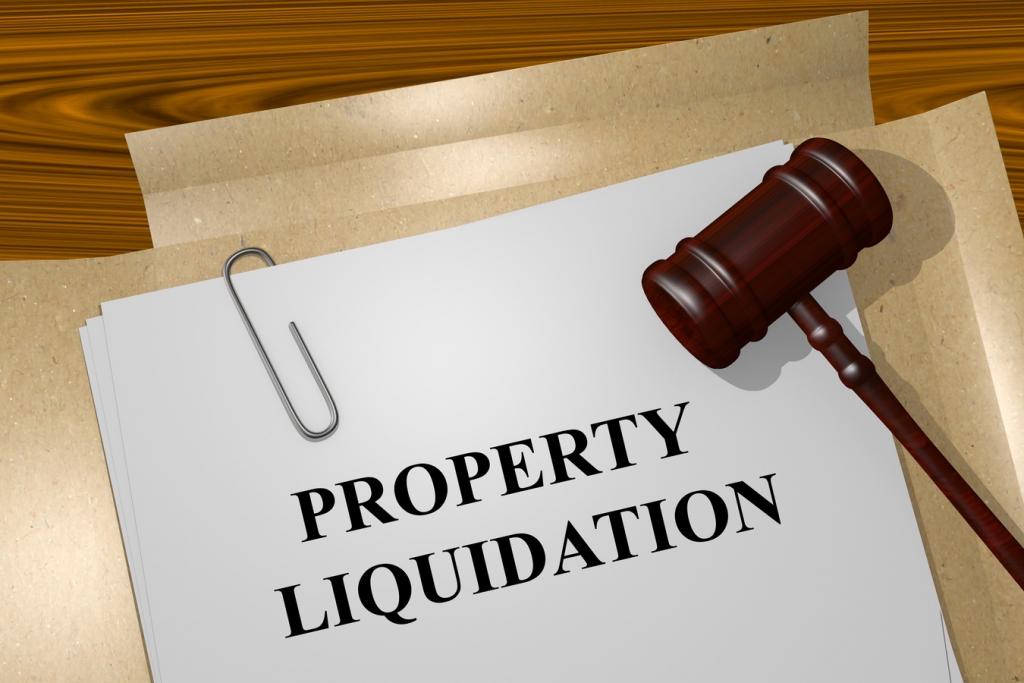Difference between Liquidating and Reorganizing Debt?
If you are dealing with a lot of debt, you’re probably considering bankruptcy filing already. You certainly know there are different types of bankruptcies. Because of this fact, choosing the right one may be a bit difficult. The most general way in which bankruptcy types are distinguished from each other is based on the manner in which the debt will be handled. In Arizona, as well as the other states, you will have to choose between liquidating and reorganizing debt.
Debt Liquidation Bankruptcy
Chapter 7 bankruptcy is considered a liquidation bankruptcy.
Under a Chapter 7 bankruptcy, you will have to turn your nonexempt property over to court. The court, represented by the bankruptcy trustee, will be responsible for the sale of all property and assets. The funds generated through the sale will be used to cover debt (secured debt comes with a priority, unsecured debt will follow).
Through a Chapter 7 bankruptcy, the remaining unsecured debt will be discharged after the payment is made. Thus, such creditors will not receive additional money after the sale of nonexempt property and the distribution of assets.
Chapter 7 bankruptcies are desirable because of this fact. Not everyone can qualify for liquidation bankruptcy, however. In order to benefit from such a discharge, a person must pass the Arizona means test. The test is designed to show that the household’s income is below the median for the state.
In a liquidation bankruptcy, the creditors will get a lot less than they’re actually owed. After the discharge, a person can continue living their normal life and attempting to achieve financial stability.
Debt Reorganization Bankruptcy
As you’ve probably guessed already, reorganization bankruptcy varities allow for the restructuring of the debt rather than its complete dismissal.
The most common type of reorganization bankruptcy is a Chapter 13 bankruptcy. Chapter 11 and 12 bankruptcies fall under the same category.
These are open to individuals who fail the Arizona means test and who have previously filed a Chapter 7 liquidation bankruptcy.
In the case of reorganization bankruptcies, a repayment proposal will be created. In the case of Chapter 13 filing, the payments to creditors will have to be made over the course of a three to five year period.
Depending on the terms and the conditions, some debts will have to be paid in full. Others will receive a partial payment. The remaining debt will eventually be discharged in the end of the three to five year plan.
Under reorganization bankruptcy plans, it is impossible to discharge certain kinds of debts. Student loans are a common example. The same applies to child support and alimony payments, penalties imposed after breaking the law and tax debt.
What Bankruptcy Variety is Right for You?
Liquidating and reorganizing debt through bankruptcies are completely different. The same applies to the qualifications for each. Even if you want to have your debt discharged, it may be impossible to qualify for a Chapter 7 filing due to your current income level.
Apart from the qualification requirements, you will also need to understand the manner in which the respective bankruptcy variety is going to affect your life.
 While a liquidation filing will lead to debt discharge, a lot of your property and personal assets will have to be sold. In a Chapter 13 filing, a debtor will get to keep the property and the assets that will typically be liquidated to cover debt under a Chapter 7 filing.
While a liquidation filing will lead to debt discharge, a lot of your property and personal assets will have to be sold. In a Chapter 13 filing, a debtor will get to keep the property and the assets that will typically be liquidated to cover debt under a Chapter 7 filing.
A Chapter 13 filing, on the other hand, requires sticking to a repayment plan and doing careful calculations. Making the decision on your own is going to be challenging. Consulting an experienced Arizona bankruptcy attorney will make more sense. The lawyer will take a look at your current financial situation and the types of dent you have. Based on this information, they will make an informed suggestion about either liquidation or reorganization bankruptcy varieties.




